SkooterG
Purveyor of Crooked Facts
Thanks Todd for the sketch, but it wasn't the electrical connections I was stressing about. It was the placing of all the components. Fortunately for me, my buddy vectervp1 came over tonight and helped me install everything. He's been there, done that several times on HIDs. With someone holding my hand it wasn't so bad.
And I PROVIDED SOME PICCIES.
Thingamabob dual locked to the outside of the battery box.
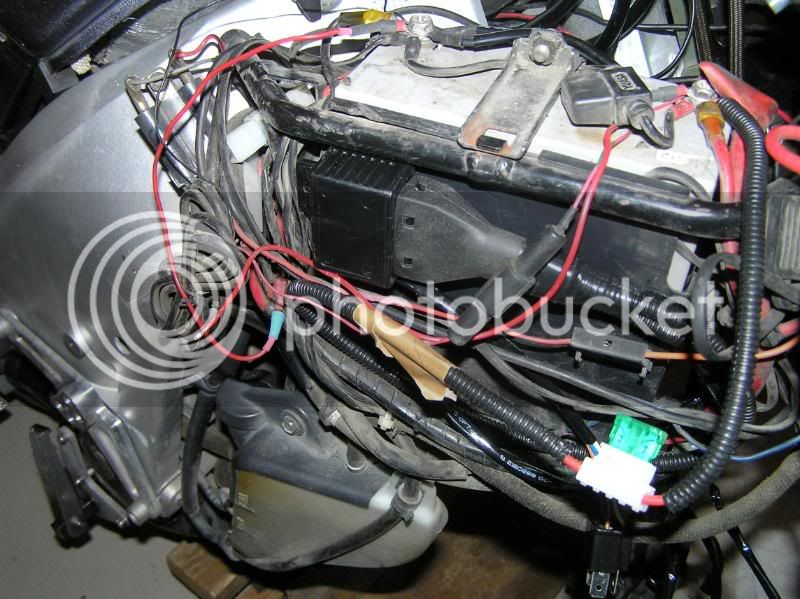
Both ballast dual locked on top of left headlight.
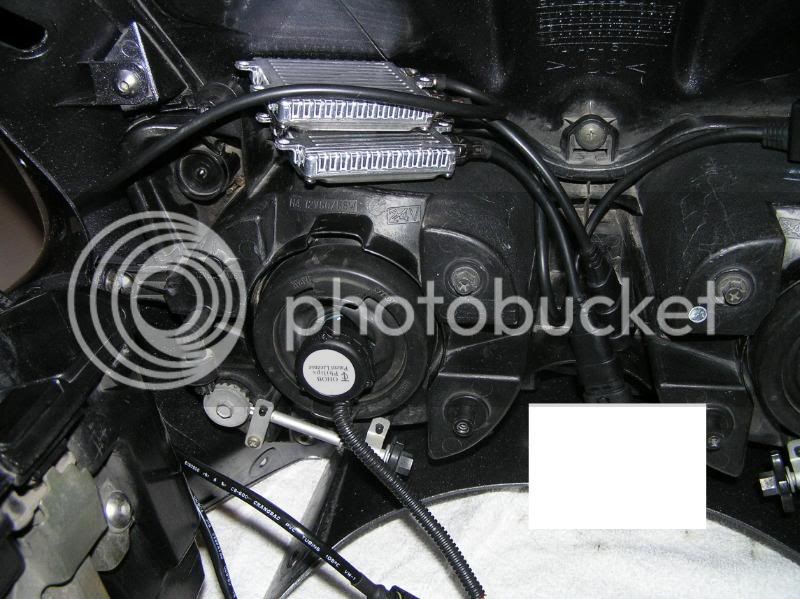
One of the black box doo-hickeys double-sided taped to the side of the upper left fairing in front of the glove box.
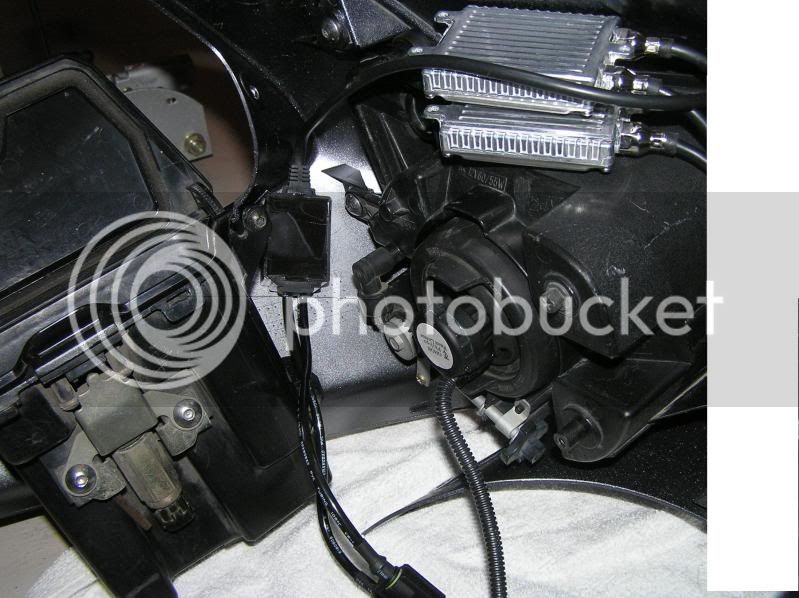
The other black doo-hickey dual locked on top of the right headlight.
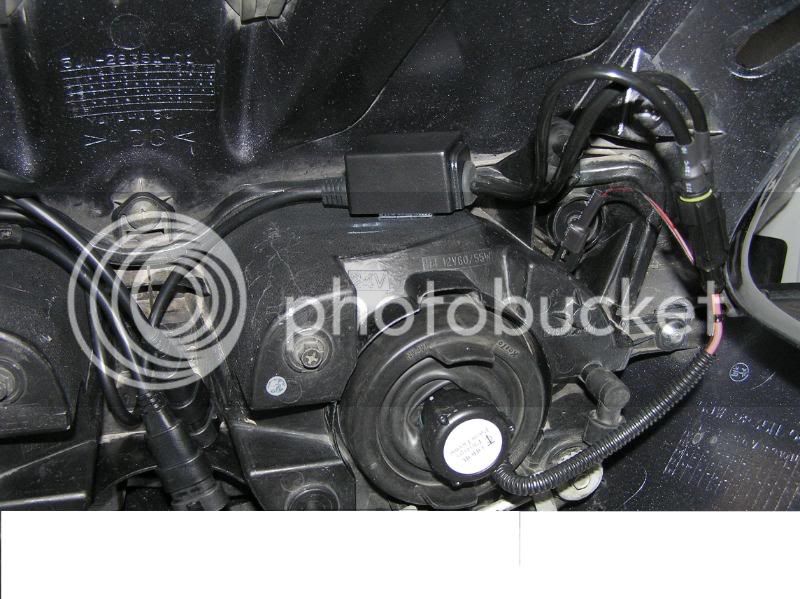
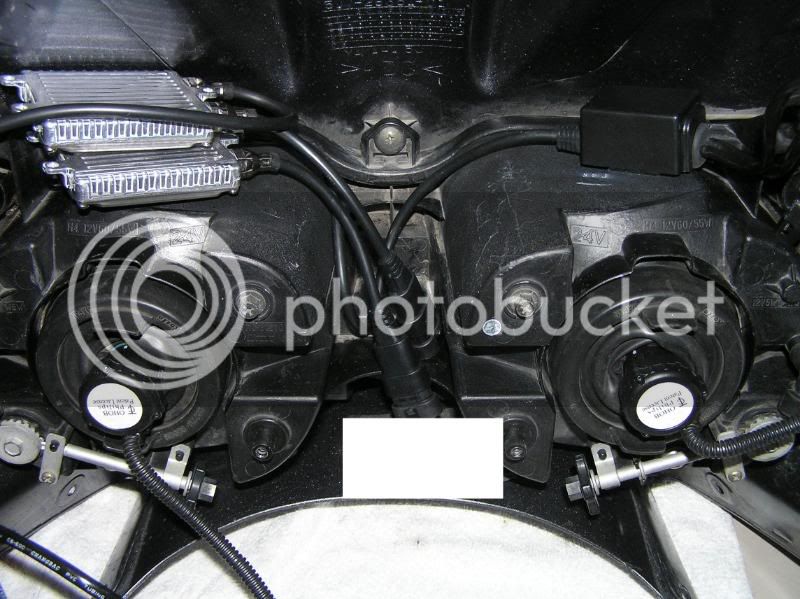
All these freaking wires are going to make removing and re-assembling the front end a major ass-pain in the future. Luckily, I don't do that very often. So assuming these HIDs are reliable, it shouldn't be much of an issue.
I just have the front end sitting there mounted, not bolted on at all. Everthing did work. Tomorrow I'll be buttoning everything back up, trying to sanitize some of the wires that hanging about.
Looking forward to road testing these puppies!
And I PROVIDED SOME PICCIES.
Thingamabob dual locked to the outside of the battery box.

Both ballast dual locked on top of left headlight.

One of the black box doo-hickeys double-sided taped to the side of the upper left fairing in front of the glove box.

The other black doo-hickey dual locked on top of the right headlight.


All these freaking wires are going to make removing and re-assembling the front end a major ass-pain in the future. Luckily, I don't do that very often. So assuming these HIDs are reliable, it shouldn't be much of an issue.
I just have the front end sitting there mounted, not bolted on at all. Everthing did work. Tomorrow I'll be buttoning everything back up, trying to sanitize some of the wires that hanging about.
Looking forward to road testing these puppies!



